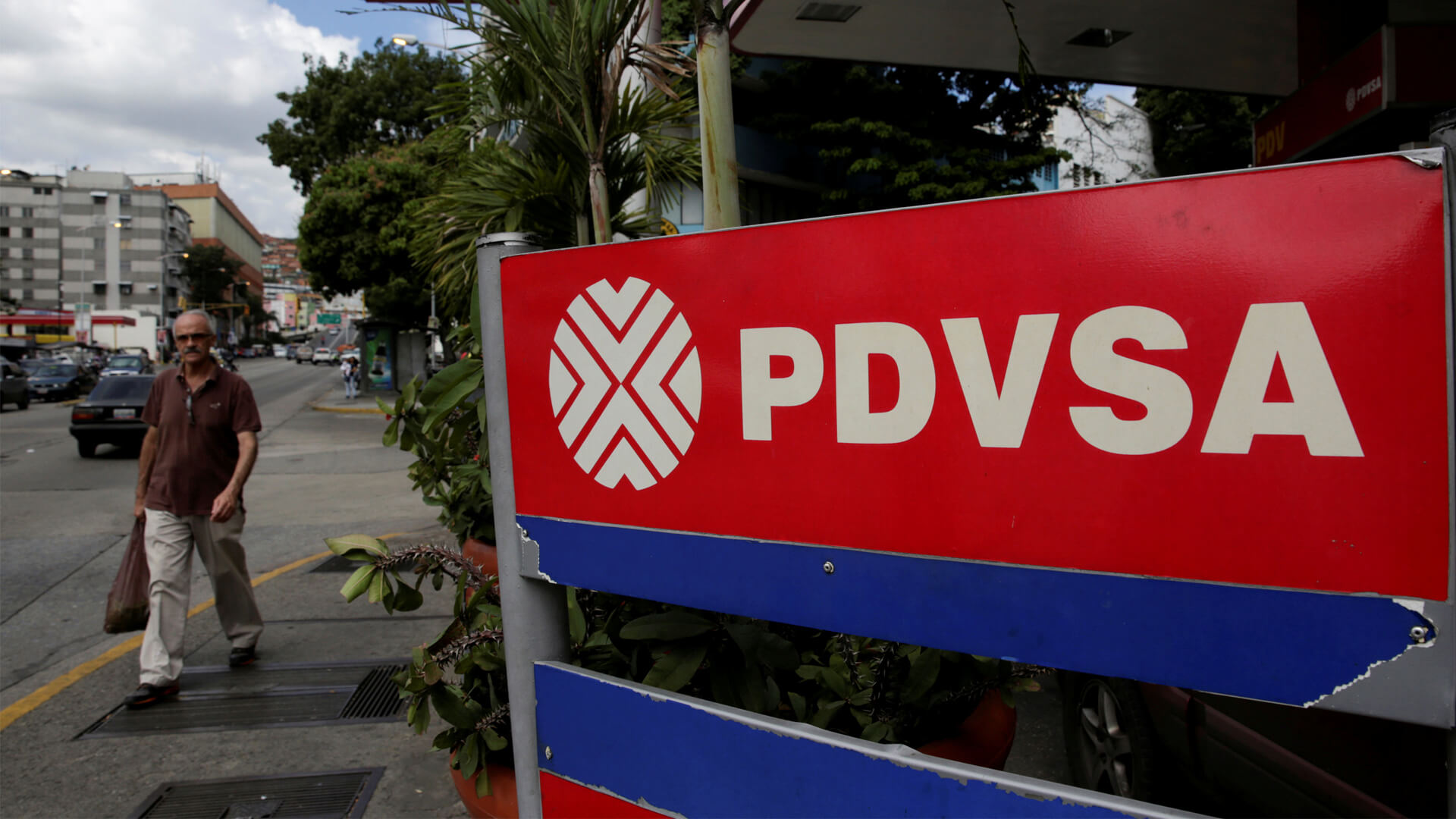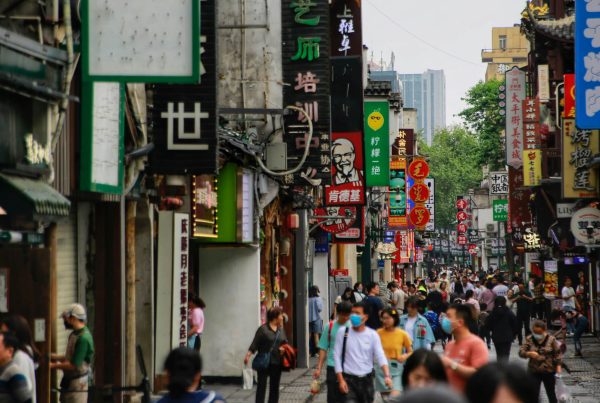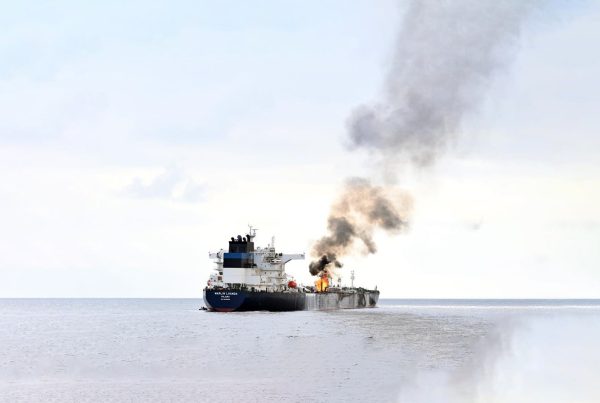1. Introduction
Venezuela’s PDVSA (Petróleos de Venezuela, S.A.) bonds have been a focal point of financial distress for global investors since the economic collapse of the country and its sovereign debt default. PDVSA, the state-owned oil company, once a key player in global oil markets, is now synonymous with financial risk. Despite Venezuela’s vast oil reserves—the largest in the world—the nation’s political instability, rampant inflation, and economic mismanagement have severely diminished the value and liquidity of PDVSA bonds. This article will explore the financial, legal, and political complexities involved in monetising these bonds, highlighting how various factors interplay to create significant obstacles for bondholders.
This analysis will be supported by tables and references to provide a structured and technical approach, targeting a financial audience.
2. PDVSA Bonds Overview
Before diving into the issues surrounding monetisation, it is critical to understand the structure of PDVSA bonds, their issuance, and their relation to Venezuela’s broader financial health. PDVSA issued numerous bonds, often denominated in U.S. dollars, to finance its operations and support the Venezuelan government. Key issuances included the PDVSA 2020 bond series, which was backed by a 50.1% stake in Citgo, the American subsidiary and refining arm of PDVSA. Other bonds lacked such explicit collateral, increasing the perceived risk.
Table 1: Key PDVSA Bonds Issuances and Features
| Bond Series | Maturity Date | Coupon Rate | Amount Issued (USD) | Collateral | Status |
|---|---|---|---|---|---|
| PDVSA 2020 | Oct 2020 | 8.5% | $3.4 billion | Citgo Stake | Default |
| PDVSA 2021 | Nov 2021 | 9% | $5 billion | None | Default |
| PDVSA 2027 | Feb 2027 | 9.75% | $2.1 billion | None | Default |
| PDVSA 2035 | Feb 2035 | 10.75% | $3 billion | None | Default |
Source: PDVSA bond prospectuses, financial reports.
3. Political Risk and Its Implications
The primary barrier to monetising PDVSA bonds stems from the political risk associated with Venezuela. Sanctions imposed by the United States under Executive Orders 13808 and 13850, in combination with additional international sanctions, effectively cripple the tradability of PDVSA bonds in global markets. These sanctions prevent U.S. citizens and entities from purchasing or trading PDVSA bonds, substantially limiting liquidity.
3.1 Impact of U.S. Sanctions
The sanctions not only prevent financial institutions from holding or trading the bonds but also block transactions involving U.S.-linked financial services. Given the global dominance of U.S.-dollar-denominated transactions, this has effectively barred Venezuela from accessing global capital markets. Furthermore, any entities involved in the trading of PDVSA bonds risk secondary sanctions, further complicating monetisation efforts.
Table 2: Timeline of U.S. Sanctions on Venezuela and PDVSA
| Date | Sanction Type | Details |
|---|---|---|
| Aug 2017 | Financial Sanctions | Bans U.S. financial institutions from lending to Venezuela or PDVSA. |
| Jan 2019 | Full Oil Embargo | U.S. imposes full sanctions on PDVSA, restricting oil trade and bond trading. |
| Apr 2019 | Expanded Sanctions | U.S. expands sanctions to include non-U.S. entities doing business with PDVSA. |
Source: U.S. Department of Treasury, Office of Foreign Assets Control (OFAC).
3.2 Political Instability in Venezuela
Venezuela has experienced political upheaval since 2015, with competing claims to the presidency by Nicolás Maduro and Juan Guaidó. While Guaidó received backing from the U.S. and several EU countries, Maduro’s government remains in control domestically, including over PDVSA. The resulting international political deadlock has created uncertainty around the legal standing of the bonds, which government bondholders should negotiate with, and how international arbitration might handle future claims.
4. Economic Impact on PDVSA and Bond Performance
Venezuela’s economy is largely dependent on oil revenues, which account for more than 90% of its exports. However, due to mismanagement, a lack of infrastructure investment, and U.S. sanctions, oil production has plummeted from 3.2 million barrels per day in the 1990s to approximately 400,000 barrels per day in 2023. The resulting economic collapse has rendered PDVSA bonds increasingly risky, with the company defaulting on numerous bond obligations starting in 2017.
4.1 Hyperinflation and Currency Collapse
Venezuela has experienced one of the highest rates of hyperinflation globally. According to the International Monetary Fund (IMF), inflation reached as high as 10,000,000% in 2019. While the government has implemented several currency redenominations, none have succeeded in stabilising the bolívar, making it virtually impossible for PDVSA to service its dollar-denominated debt.
4.2 Oil Production Decline
PDVSA’s declining oil production has drastically reduced cash flow, eliminating its ability to pay bondholders. Oil exports have been restricted by a lack of investment, limited access to global markets due to sanctions, and operational inefficiencies within the company.
Table 3: Venezuela’s Oil Production Decline (in Barrels Per Day)
| Year | Production (Million BPD) |
|---|---|
| 2015 | 2.5 |
| 2016 | 2.0 |
| 2018 | 1.4 |
| 2020 | 0.8 |
| 2023 | 0.4 |
Source: OPEC, PDVSA Reports, Reuters.
5. Legal Frameworks and Asset Seizure Scenarios
Legal challenges surrounding PDVSA bonds add another layer of complexity. Citgo, PDVSA’s U.S.-based refining subsidiary, has been a key target for bondholders seeking to recover their investments. Bondholders with a claim on the collateral tied to Citgo have initiated legal proceedings to seize Citgo’s assets. In 2019, PDVSA failed to make a scheduled interest payment on its 2020 bonds, triggering default, and bondholders filed claims to take control of Citgo.
5.1 Citgo as Collateral
The PDVSA 2020 bonds were secured by a 50.1% stake in Citgo, providing some security to bondholders. However, due to the U.S. sanctions, these bondholders have struggled to enforce their claims without violating sanctions.
6. Illiquidity in Secondary Markets
The U.S. sanctions have dried up liquidity for PDVSA bonds in secondary markets, creating wide bid-ask spreads and making price discovery difficult. The lack of willing buyers and the legal risk associated with holding these bonds has created an illiquid market where selling at a reasonable price is nearly impossible.
6.1 Pricing Volatility
Due to the illiquidity, PDVSA bonds exhibit high pricing volatility, with the value of the bonds fluctuating sharply based on geopolitical developments, potential restructuring plans, or changes in sanctions. The lack of a functional market has left many bondholders holding distressed assets with no clear path to monetisation.
Table 4: PDVSA Bond Price Fluctuations (2020-2023)
| Bond Series | 2020 Price (USD) | 2021 Price (USD) | 2022 Price (USD) | 2023 Price (USD) |
|---|---|---|---|---|
| PDVSA 2020 | 45 | 30 | 10 | 5 |
| PDVSA 2021 | 40 | 25 | 8 | 4 |
| PDVSA 2027 | 38 | 20 | 7 | 3 |
Source: Bloomberg Bond Pricing.
7. Debt Restructuring Challenges
Debt restructuring for PDVSA bonds is a complex and politically fraught process. Venezuela has not yet reached an agreement with its creditors on how to restructure its sovereign and PDVSA debt. Given the sanctions and political divides, bondholders face legal and practical hurdles in negotiating a settlement. PDVSA’s ability to offer attractive restructuring terms is limited by its financial collapse and ongoing operational difficulties.
8. Currency Controls and Impact on International Investors
Venezuela’s foreign exchange restrictions have added to the complications of bond monetisation. The government tightly controls access to hard currency, meaning even if PDVSA had the funds to make bond payments, it would struggle to transfer these payments to international bondholders. The constant devaluation of the bolívar further exacerbates the issue for bondholders who are unable to secure payments in stable currencies.
9. Geopolitical Considerations
Geopolitical factors, especially the relationship between the U.S. and Venezuela, play a significant role in the future of PDVSA bonds. Any potential change in U.S. foreign policy, such as the lifting of sanctions or a diplomatic resolution between Venezuela and Western powers, could significantly alter the market for these bonds. However, geopolitical risks remain high as Venezuela continues to be isolated from the international financial system.
10. Conclusion
Monetising Venezuela’s PDVSA bonds involves navigating a complex landscape of political, economic, legal, and financial challenges. The bonds’ illiquidity, legal uncertainty, political risk, and economic collapse have turned what was once a valuable asset into a highly speculative investment. For bondholders, the path to recovering value is uncertain, reliant on significant political changes, potential restructuring, and the resolution of legal claims.
References
- U.S. Department of Treasury, OFAC Sanctions Guidelines.
- PDVSA Bond Prospectuses (2016, 2017).
- International Monetary Fund (IMF) Reports on Venezuela’s Economic Situation.
- Reuters, OPEC Reports on Venezuela Oil Production.
- Bloomberg Financial Data on PDVSA Bond Pricing.
- World Bank Venezuela Economic Analysis (2021-2023).





